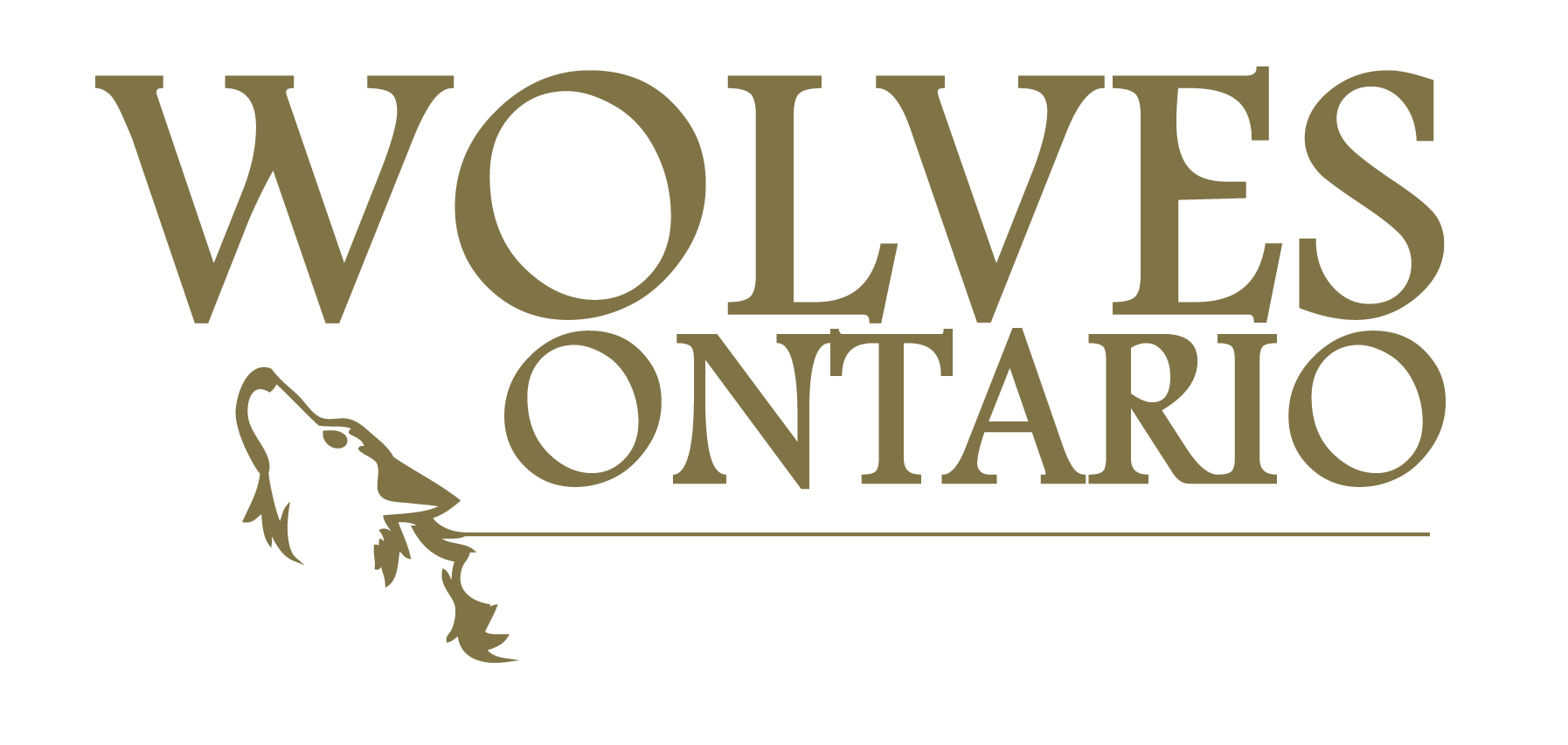When I was completing my Masters thesis, I had the opportunity to work with Dr. Stephanie Rutherford in reviewing the history of wolf management in North America. With the information collected, Rutherford asked an interesting question: What role do wolves have in shaping policy as active participants rather than just passive subjects?
The response draws from Donna Haraway’s book When Species Meet which suggests that people and animals influence each other through interactions, and that animals can resist or cooperate with us. Acknowledging animals’ agency contributes to the establishment of what is called a biopolitical view of policy, where the goal is to promote the mutual flourishing of humans and animals rather than asserting human dominance. Management for, rather than of, species - ourselves included.
Historically, wildlife policies have excluded animal agency from consideration, instead understanding animals as materials for capital gain. Wolf management has long been equated with bounties, poisons and other tools of systematic eradication, treating living wolves as economic risks and dead wolves as a source of currency. Tools such as bounties provide economic aid to rural communities and reassert human control over nature. While there is little evidence that wolf control is financially beneficial, bounties and killing contests continue in many parts of Canada even today at a great cost to government and wildlife.
It became clear that a new relationship between humans and wolves was emerging in Ontario in 1963 with the first Algonquin Park Public Wolf Howl - an unexpected hit that continues to draw people in by the thousands each August. Less than 10 years after the public howls began, bounties were banned in Ontario.
Tourism, research and even urbanization have resulted in the public’s attitude of wolves moving away from fear and intolerance, and toward appreciation. Perhaps because of the park’s popularity as a tourist destination or the unique genetics of its wolf inhabitants, Algonquin has become something of an exception within Canada. This exceptionalism is perhaps best exemplified by the province’s 2001 decision to ban wolf and coyote killing adjacent to the park boundaries to preserve the wolves’ genetic identity even before they were recognized as a Threatened species.
This exceptionalism is perhaps because we have been interacting with them via hugely popular park programs, rather than strictly acting upon them. Through these types of positive interactions, our policies may well continue to be changed by the wolves themselves, persuading us to see them as more than just capital.
Across Canada we appear hesitant to relinquish our dominance over ecosystems, instead preserving our ‘control’ by killing predators. The ongoing governmental wolf eradication programs in British Columbia and Alberta suggest that wolves are still widely considered an economic or ecological threat to be controlled. Instead, let us learn from the Algonquin experience and consider a new biopolitical approach that aims to establish policies beneficial to humans and wolves alike.
Adam Marques, MSc
Guest contributor
